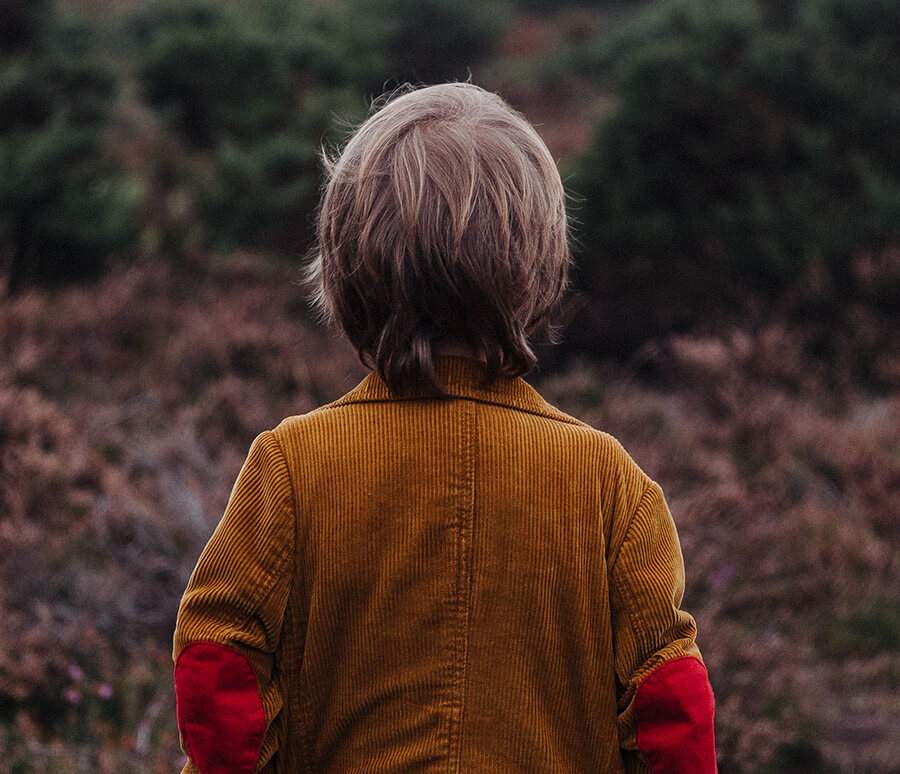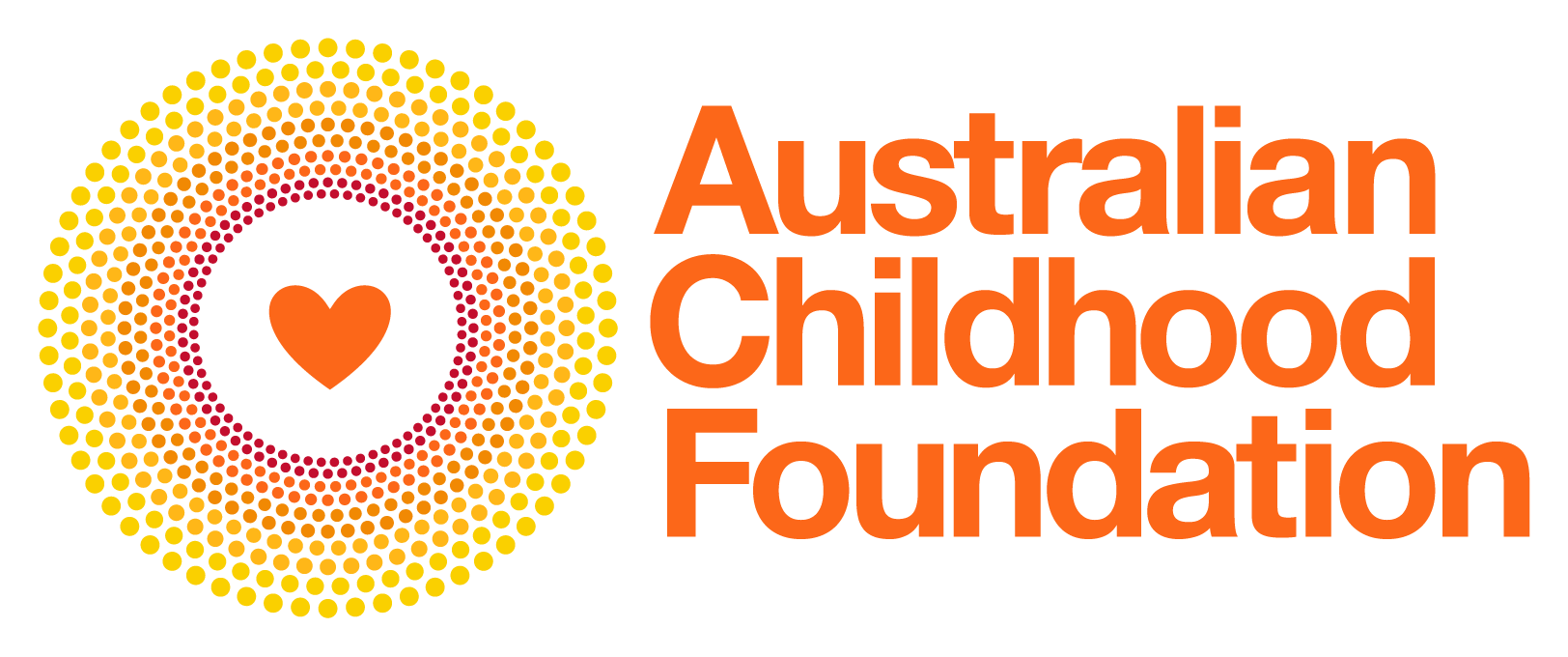Therapeutic
Residential and
Foster Care
Children need family and
a place to call home
Helping carers find the love
In Australia, more children than ever before cannot sleep at home because it’s not safe for them to do so. On any given night, 46,500 children are sleeping with an aunt, a grandparent, a foster family or in a residential facility with staff paid to care for them, to keep them away from danger. But the fear of their danger doesn’t leave them. It stays with them and enters all of their relationships and brings with it challenges that often become too overwhelming for carers to manage.
Even carers and family desperate to love these children often don’t know how, when confronted with the impacts of their trauma. It’s just too hard.
When that happens, placements break down, children are rejected yet again and forced to endure further instability and upheaval. Instead of healing, they are further harmed and their lives darken.
We often say that when children are at their hardest to love, is when they need it the most. So our therapeutic foster trauma and residential care trauma teams work intensively with carers to help them make sense of what those behaviours are really telling us about the child’s needs. That unpacking and understanding lifts a huge load from the hearts and shoulders of carers and they’re able to let go of their feelings of confusion, frustration and inadequacy and let in love that is brave and committed, unconditional and transformative.

Simon
Not long after 7 year-old Simon entered our therapeutic care program, he told his carer Joanne about his three imaginary friends: Peter, a boy who was strong and tough and stabbed people; Ryan, who punched and hit and hurt people; and Killer, a dog who bit and barked and kept people away.
When Joanne asked, “Why do you have these friends who are so mean and scary?” Simon thought for a moment and replied: “To protect me.”
From his earliest days, Simon had not known what it felt like to be safe and loved. He had never had protectors to keep him from harm, so he had invented some of his own.
Joanne and Ray wanted to give Simon the kind of home he needed but they were not sure how to help him. He hit and kicked and shouted at people. He threw things. He was angry so much of the time. He found it impossible to fall asleep at night.
Early work in the program involved helping Joanne and Ray to understand that Simon wasn’t simply being naughty; rather, his repeated experiences of harm and abuse had fine-tuned his system to this a state of constant alarm and readiness to fly into action the second he felt danger – which was most of the time.
For many years, Simon’s very survival had relied upon him taking control of situations, so that adults were not in control of him. His experiences had taught him: don’t connect, don’t trust, or you will be hurt.
For Joanne and Ray to make any progress with Simon, they needed to build in him a sense of being safe. This meant showing through their actions, rather than telling him, that they could be trusted. When Simon could see this for himself, when he began to finally let his guard down, the work to help him heal could really begin in earnest.
Perhaps the best sign that Simon was beginning to heal came when he told Joanne his friends Peter and Ryan and Killer had gone away, but he had some new imaginary friends; a couple of boys who liked to ride their bikes with him and play games with him and a dog called Fluffy who loved playing chasings and fetch.
When Joanne asked Simon why he thought his mean and scary friends had gone away, Simon pondered a moment as he had done many months before, but this time he replied: “Because now I am safe.”
